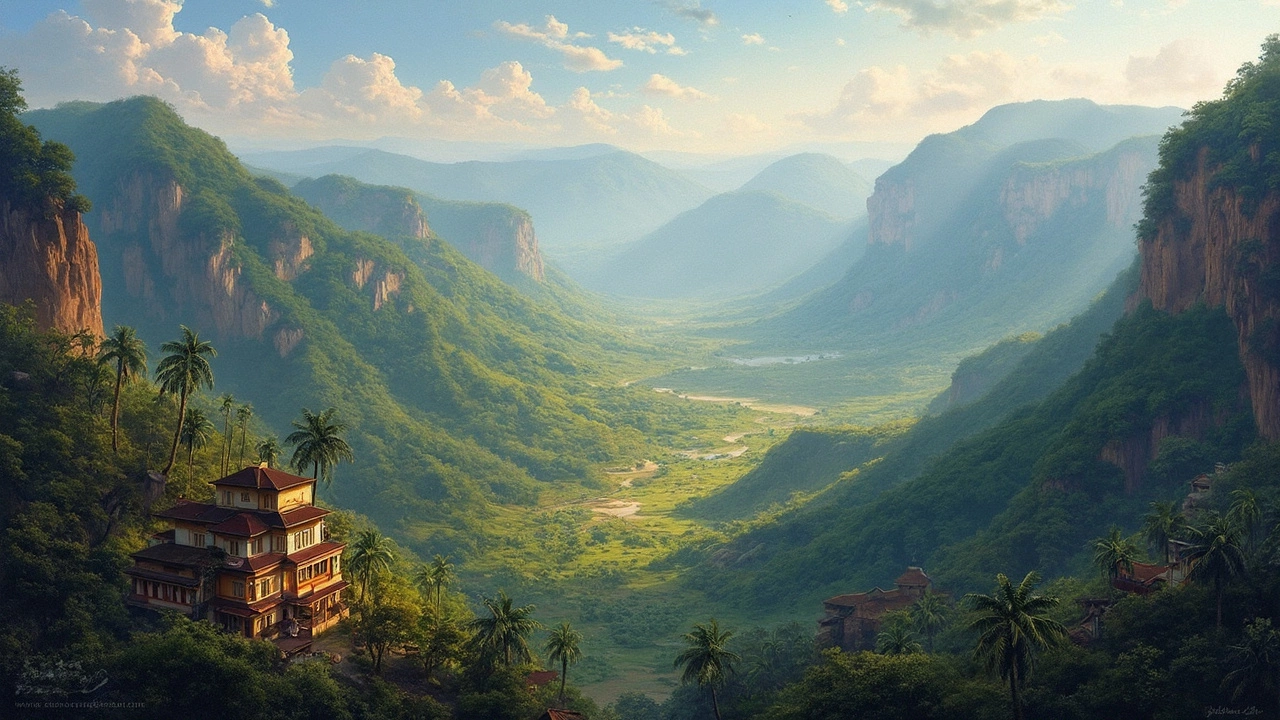Heritage Sites in India – Your Guide to Monuments, UNESCO Listings & Preservation
When exploring heritage sites, culturally significant places recognized for their historic, architectural, or archaeological value. Also known as heritage monuments, they form the backbone of India’s rich past and attract travelers worldwide. These sites are not just bricks and stones; they are living stories that shape identity and boost local economies.
Among them, UNESCO World Heritage Sites, globally recognized locations that meet strict cultural or natural criteria stand out because international bodies certify their outstanding universal value. India currently boasts 40 such sites, ranging from the marble marvel of the Taj Mahal to the ancient rock shelters of Ajanta and Ellora. The presence of a UNESCO tag often drives higher visitor numbers, which in turn fuels heritage tourism and creates funding streams for conservation.
Key Highlights of India’s Heritage Landscape
Every Indian state, regional administration that manages and protects local heritage assets contributes its own slice of history. Madhya Pradesh leads with over 1,500 protected sites, while Uttar Pradesh and Rajasthan follow closely. This state‑wise distribution creates a natural travel route: start in Delhi, move to Agra for the Taj Mahal, swing west to Jaipur’s forts, then head south to Hampi’s ruins. Knowing which state hosts which monument helps you plan efficient itineraries and avoid back‑tracking.
Heritage sites encompass several attribute groups. First, the **type**: temples, forts, tombs, caves, or colonial buildings. Second, the **period**: prehistoric, medieval, Mughal, or British era. Third, the **status**: UNESCO listed, nationally protected, or under state care. For example, the Sun Temple at Konârak (a medieval Hindu temple) is a nationally protected monument, while the Great Himalayan National Park (a natural heritage site) carries both UNESCO and national designations.
Preservation is a constant challenge. Weathering, urban expansion, and tourism pressure threaten many sites. Modern techniques—digital 3D scanning, climate‑controlled galleries, and community‑based stewardship—are helping. The Archaeological Survey of India (ASI) coordinates restoration, while local NGOs often run awareness campaigns. When a site receives UNESCO status, it gains access to technical expertise and international funding, which can accelerate conservation.
Travelers play a role too. Responsible tourism means sticking to marked paths, avoiding graffiti, and supporting local guides who understand the cultural context. Many heritage sites now offer audio guides in multiple languages, interactive apps, and volunteer programs. By paying entrance fees and buying local crafts, visitors directly fund upkeep and empower nearby communities.
From a practical standpoint, visiting heritage sites is easier than ever. Most major locations are reachable by train, bus, or short flights. The Indian railway network connects Delhi to Agra in under two hours, while regional airports serve remote gems like Khajuraho or Hampi. Seasonal considerations matter: winters are ideal for North India, while the post‑monsoon months (October‑December) offer clear skies for coastal forts in Kerala.
Safety for tourists remains a priority. While most heritage destinations are well‑patrolled, it’s wise to keep valuables secure, stay hydrated, and respect local customs—especially at religious sites where dress codes apply. The government’s tourism portals provide real‑time alerts for any temporary closures or health advisories.
Beyond the famous landmarks, there are hidden treasures waiting to be discovered. Lesser‑known sites like the forts of Kumbhalgarh, the rock art of Bhimbetka, or the colonial town of Pondicherry offer authentic experiences without the crowds. Exploring these off‑beat spots can deepen your understanding of regional histories and give you a sense of adventure.
Education intertwines with travel. Many universities run field trips to heritage sites for archaeology and history students. Virtual tours have also emerged, allowing anyone with an internet connection to explore the corridors of the Red Fort or the valleys of the Western Ghats. These tools broaden access and inspire the next generation of preservationists.
In summary, India’s heritage sites are a mosaic of architecture, culture, and natural beauty. They are protected by a network of UNESCO designations, national laws, and state initiatives. Whether you’re a backpacker, a history buff, or a photographer, there’s a site that fits your interest and skill level.
Below you’ll find a curated collection of articles that dive deeper into specific monuments, state‑wise counts, travel safety, and preservation strategies. Use them as a roadmap to plan your journey, learn the stories behind each stone, and discover how you can help keep these treasures alive for future travelers.
